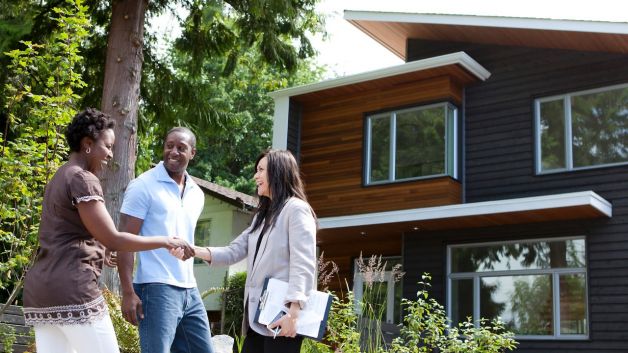Real estate is not just about having a roof over one’s head. Beyond the nice looking houses, buildings and skyscrapers being erected or renovated all over the place, there is obviously a very a big industry and massive business opportunities!
In fact, in Australia, real estate has just overtaken the mighty mining industry to become the most profitable industry, bringing the highest amount of tax revenue to the Australian government.
Does the real estate boom in Australia mean anything for African-Australian communities? Many migrants communities in Australia are now actively involved in the real estate industry, building and renovating houses for investment purposes, once they had the chance to enter the industry by buying a family home.
African-Australians are slowly taking increased interest in the industry, but still mostly focusing on buying a family home. This is understandable as many are still part of the first generation in Australia and a significant number of them have arrived in Australia since the late 80s with a number of disadvantages stemming that have continued to limit their ability to buy a house, let alone invest in real estate.
Photo source: betty image
There is, however, a small and growing minority in these communities that is starting to learn to invest in the real estate industry. These include professionals, business entrepreneurs and other business minded individuals who understand the industry and see the opportunities that are available. They want to follow the rest of the Australian society that has been investing in “brick and mortar” for generations, as a means to build wealth and live and retire comfortably.
One of the core elements that have always fuelled the development of the real estate industry in Australia is “Negative Gearing” and there is political debate currently going on in Canberra regarding whether it should be maintained or abolished or perhaps significantly amended. Negative gearing has become a political hot potato and is likely to remain part of the discussion on Australia’s economic reform for many years. For anyone interested in making money in real estate negative gearing is an important subject that needs to be understood.
photo source:www.bet.com
Jones Ageyi, an African-Australian mortgage specialist based in Canberra has put together a simple message to help explain how negative gearing works without getting into the argument about its merits or the issues or challenges that it raises from either an economic or political perspective.
AMA: John do you think many people understand negative gearing?
JA: whilst many people fully understand negative gearing, in our experience, the majority don’t.
AMA: Please explain how it works
JA: If you borrow money to purchase an asset (such as a house) that earns an income (like rent), you may be able to claim the interest expense on your loan as a tax deduction against your taxable income. This is the basis of negative gearing. Take this simple example below where the interest on the loan is more than the rent
Without negative gearing, the $80,000 taxable income from employment is added to the $14,000 rent to produce a taxable income of $94,000. The additional income of $14,000 would be taxed at the marginal income tax rate. That means that you would pay income tax at a rate of 37% on the $14,000, which equals $5,180. This tax burden would effectively reduce the investment property revenue from $14,000 to approximately $8,820.
With negative gearing the $80,000 taxable income from employment is added to the $14,000 rent to produce a taxable income of $94,000. The $16,200 annual interest cost is then deducted from the $94,000 taxable income to produce a new taxable income level of approximately $77,800. Not only is there no tax levied on the additional $14,000 income but the taxable income from employment is also reduced by $2,200 which further saves the tax payer approximate $715. In this simple example (that excludes all other property related costs), negative gearing saves the investor approximately $5,895 in tax expense.
The Investors cash flow (after interest & tax) would be around -$1,485 (with negative gearing) compared to – $7,380 (without negative gearing) .
C. Sharady




